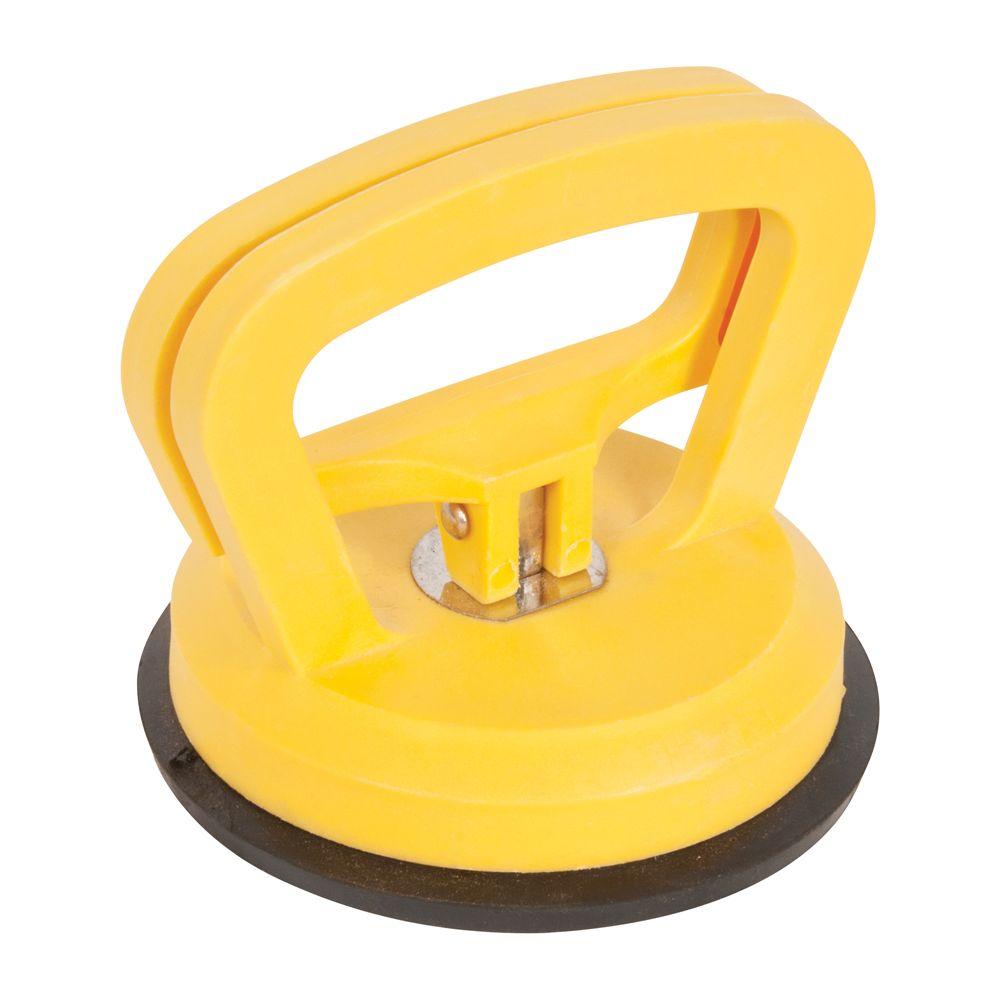‘TILE(O)’ your way through manual handling risk assessment
※ Download: What does tile stand for in manual handling
In terms of manual handling, the TILE acronym stands for Task, Individual, Load, and Environment: T — Task. Why not buy flick's manual handling training today for you and your staff? For example, does the task involve repetitive movements, strenuous movements, long distances, or uneven weight distribution?

OAD Is the load: Heavy, difficult to grip, sharp, hot, cold or unstable? Position Keep your head up, bend at the hips and the knees - never bend your back. Combine t rying to understand your responsibilities along with getting your head round a long list of acronyms and abbreviations and you have the recipe for quite a headache.

Manual handling: AARR, MEEP and all the HSE acronyms - If precise positioning of the load is necessary, put it down first, then slide it into the desired position Remember: There is a difference between what people can lift and what they can safely lift.

Manual handling accidents, as a result of pushing, pulling or lifting heavy objects or machinery, account for more than a third of all reported accidents each year. This short guide provides the best manual handling techniques to follow in the workplace so that you can reduce the likelihood of injury occurring. What is Manual Handling? Amongst other actions, this includes introducing control measures to ensure workers understand how to lift, push and pull correctly, using mechanical aids where available and reducing the need for manual handling altogether. Where is the load being moved to? Are there any obstructions that may get in the way? Make sure that you are wearing suitable footwear. At the start of the lift, bending at the back, knees and hips is preferable to fully bending the back or squatting. Put the heaviest side of the load closest to your body. Keep your head up and look ahead, not down at the load, and avoid twisting or leaning sideways. For example, if the load is 400kg, then the force needs to be 8kg. Louise prefers not to specialise in one particular area, so has written about everything from asbestos and COSHH, through to food safety, safeguarding issues and business skills. Her favourite article is.
Avoid hazardous manual handling Assess the hazards and risks of manual handling tasks Reduce the risk of injury Review the assessment As a manager or business owner, it is your responsibility to ensure the safety and wellbeing of your staff and the general public who may enter your workplace. What is Manual Handling. TILE prompts you to consider each essential area of the activity in order to improve health and safety. This means considering the area in which the load is being moved, and looking at how this could make the manual handling task unsafe. But this is only one small partof working safely. What Does LITE Stand For?.



